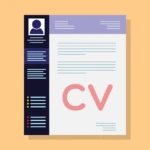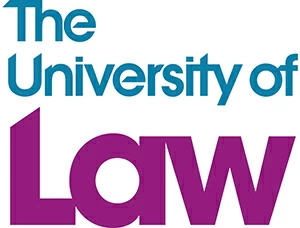
6 Resume Writing Tips That Never Go Out of Style
November 2, 2022
The UK as a Cashless Society: Can We Really Make It Work?
November 5, 2022Article written by Caitlin Graham, Lancaster University LLB graduate.
Keep the structure clear and simple.
Do not overcomplicate the layout of your CV. Have five key sections:
1. Personal information
- This includes your name, email, phone number, and maybe your LinkedIn profile URL.
2. Education
- You should state details of your secondary school education to university education.
3. Work experience
- If you have both legal and non-legal work experience, you could separate them into two different sections with legal being first, given it is a legal CV.
4. Achievements and awards
- State any academic and/or non-academic achievements you have.
5. Extra-curricular activities and interests
- Mention any hobbies and interests you have in this final section.
Keep it easy to read by choosing a classic font and by not including any images or colours other than black and white.
Include both legal and non-legal work experience.
All work experience is useful, whether legal or non-legal. If you have not yet managed to secure any legal work experience, you shouldn’t worry. Part-time jobs, whether at a shop, a restaurant, or somewhere else, will give you invaluable experience and skills transferrable to a legal career.
Also, whilst applying for vacation schemes or mini-pupillages, you could apply to volunteer at your local Citizens Advice Bureau. This will allow you to gain some great experience of advising people and will demonstrate your commitment to a career in law.
If you are just starting out and have limited experience and/or education, you could add a personal statement in between the personal details and education section on your CV by writing a couple of sentences about you and where you are currently at.
Use bullet points.
It is important to keep the details of experiences and positions of responsibility relatively brief. Therefore, a good idea is to use bullet points as opposed to paragraphs.
Further, when summarising what your current and previous roles have involved, use words such as ‘developed’, ‘improved’, ‘acquired’, ‘gained’, and ‘built’, so you clearly illustrate what skills you have acquired and how.
Keep your CV at a maximum of 2 pages.
Your CV should not be longer than 2 pages unless specified by an employer.
To maximise space, prioritise your most recent roles and then work your way down.





